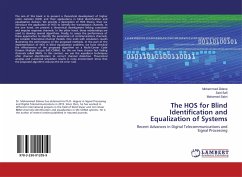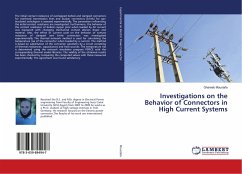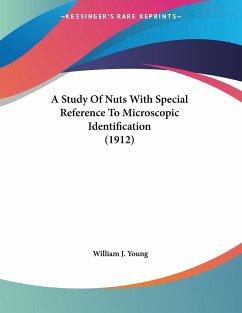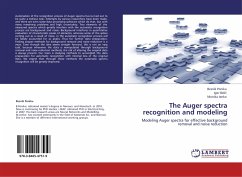
The HOS for Blind Identification and Equalization of Systems
Recent Advances in Digital Telecommunications and Signal Processing
Versandkostenfrei!
Versandfertig in 6-10 Tagen
24,99 €
inkl. MwSt.

PAYBACK Punkte
12 °P sammeln!
The aim of this book is to present a theoretical development of higher order statistics (HOS) and their applications in blind identification and equalization domain. We provide a description of HOS theory, then we introduce the application of HOS to identify the transmission channels. In the one hand, we present a theoretical development linking cumulants and impulse response channels. In the other hand, these relationships are used to develop several algorithms. Finally, to assess the performance of these approaches to identify the parameters of communications channels, we consider theoretica...
The aim of this book is to present a theoretical development of higher order statistics (HOS) and their applications in blind identification and equalization domain. We provide a description of HOS theory, then we introduce the application of HOS to identify the transmission channels. In the one hand, we present a theoretical development linking cumulants and impulse response channels. In the other hand, these relationships are used to develop several algorithms. Finally, to assess the performance of these approaches to identify the parameters of communications channels, we consider theoretical channel models. One ends with simulation results illustrating the performance of the proposed methods. In the part of the implementation of HOS in blind equalization problem, we have checked the effectiveness of the proposed algorithm on a Multi-Carrier Code Division Multiple Access (MC-CDMA), for this we have chosen fast fading channels called BRAN. In this context, we use the equalizers techniques after channel identification to correct channel distortion. Theoretical analysis and numerical simulation results in noisy environment show that the proposed algorithm reduces the bit error rate.












